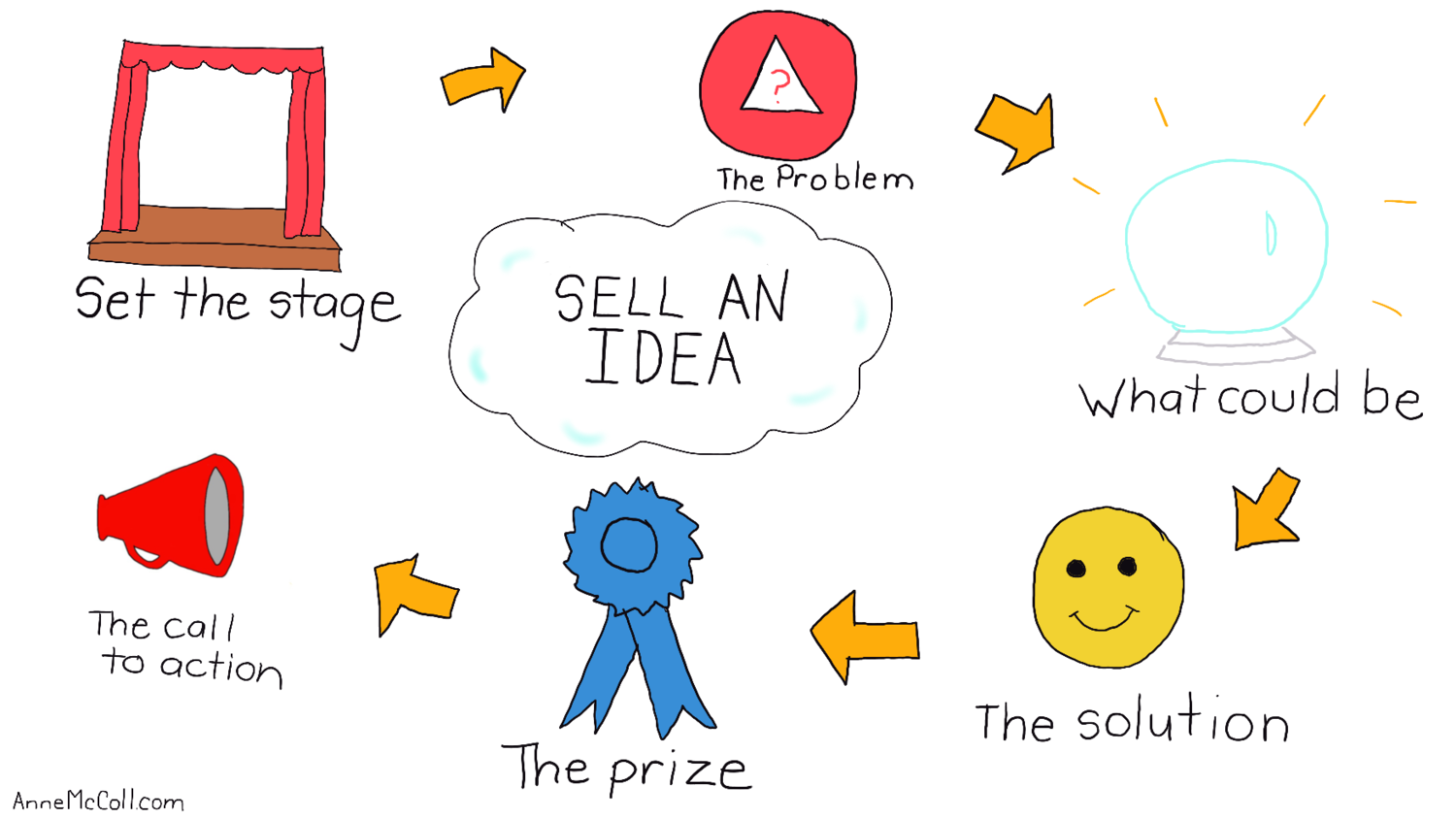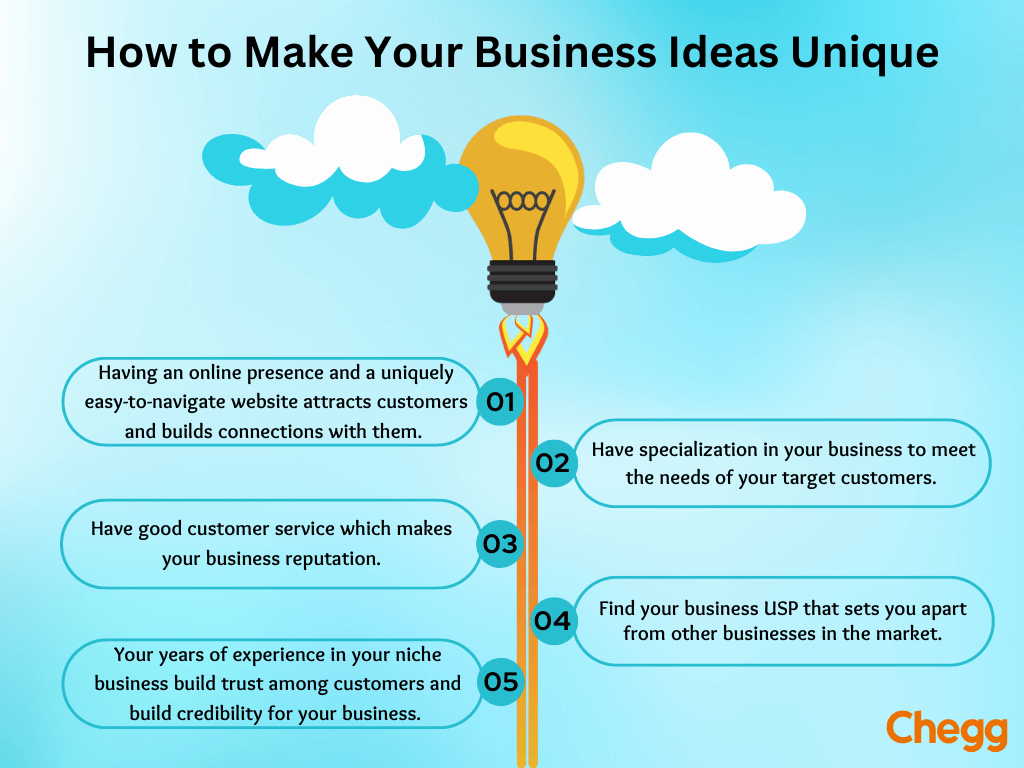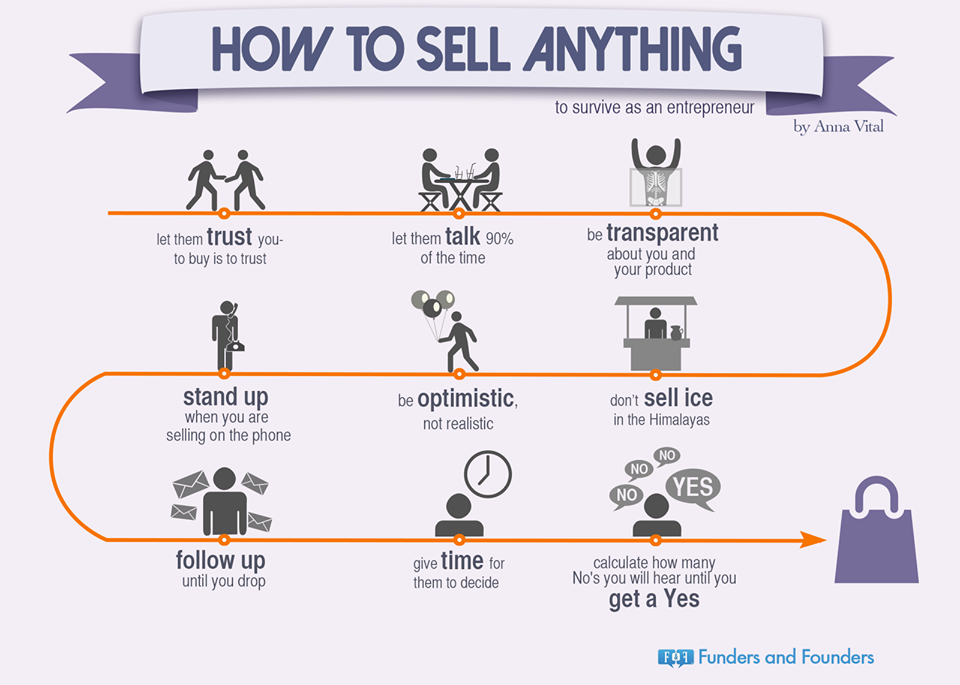I Want To Sell My Idea To A Company

Invention desperation surges as countless innovators seek pathways to commercialize their novel ideas. Many are asking: How can I get my idea in front of the right eyes?
Navigating the complex landscape of corporate submissions requires strategic preparation, legal awareness, and a resilient spirit. The goal: turning concepts into tangible realities.
Understanding Intellectual Property (IP)
Before approaching any company, protect your idea. A provisional patent application (PPA) offers a relatively inexpensive way to establish an early filing date with the U.S. Patent and Trademark Office.
According to the USPTO, a PPA provides a 12-month window to file a non-provisional patent application. Consult with a patent attorney to understand the full scope of your IP rights.
Alternatively, thoroughly document your invention's concept, creation date, and key features. This is often called creating an invention disclosure. Keep all documents safe and organized.
Identifying Target Companies
Research companies aligned with your invention's market sector. Consider factors such as their existing product lines, R&D focus, and willingness to collaborate with external inventors.
LinkedIn provides a platform to identify key decision-makers. Focus on individuals in product development, innovation, or strategic partnerships.
Industry trade shows and conferences are great avenues for networking. Prepare a concise "elevator pitch" to clearly explain your idea's value proposition. Practice makes perfect.
Crafting Your Submission Package
Most companies have formal submission processes outlined on their websites. Adhere to all guidelines to avoid immediate rejection. Follow all instructions!
A non-confidential disclosure agreement (NCDA) can provide a level of protection. It specifies that the company is not obligated to keep your idea confidential before evaluating it.
A strong submission package includes a clear, concise overview of your invention, its benefits, and potential market applications. Include sketches, prototypes or simulations if possible.
The Pitch: Sell the Problem, Not Just the Solution
Highlight the problem your invention solves and quantify its impact. Use data and market research to support your claims and demonstrate your market analysis.
Companies care about return on investment. Emphasize the potential revenue generation and cost savings associated with your idea. Be realistic and avoid overhyping your claims.
Practice your pitch in front of trusted friends or mentors. Refine your delivery based on their feedback.
Navigating the Rejection (and Potential Success)
Rejection is common. Don't be discouraged. Use it as a learning opportunity to refine your approach and improve your invention.
Maintain a professional and courteous demeanor throughout the entire process. Persistence and resilience are key qualities for inventors.
If a company expresses interest, prepare for due diligence. This may involve further technical evaluations, market analysis, and legal reviews.
Legal Considerations and Agreements
If a company wants to move forward, carefully review all legal agreements with an attorney. This includes licensing agreements, assignment agreements, and joint venture agreements.
Understand the terms of the agreement, including royalties, milestones, and termination clauses. Make sure your interests are protected.
Never sign anything you don't fully understand. Seek professional legal advice before committing to any binding agreements.
Ongoing Developments
New platforms are emerging to connect inventors with companies. Sites such as InventionShare and Yet2.com are trying to streamline the process of selling ideas. Check them out.
Crowdfunding platforms are also gaining popularity as a means to validate and fund early-stage inventions. Consider Kickstarter or Indiegogo as potential avenues.
The journey from idea to market is challenging, but with proper preparation and persistence, inventors can increase their chances of success. Never give up.


















